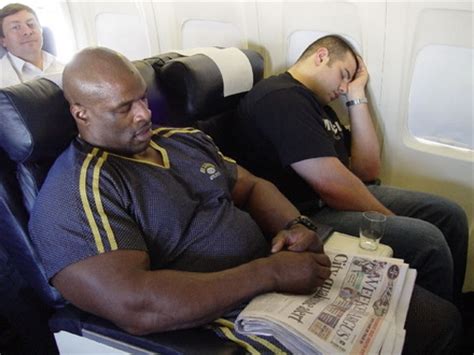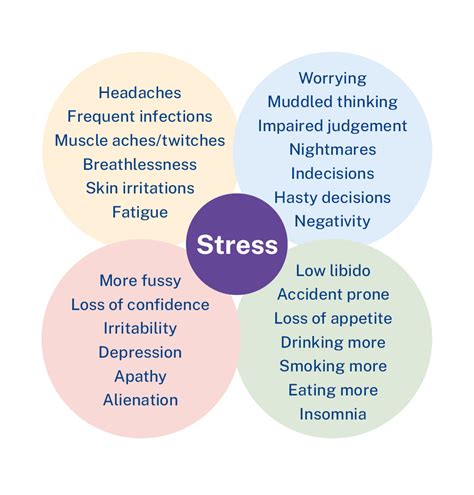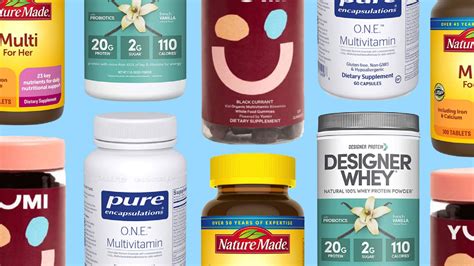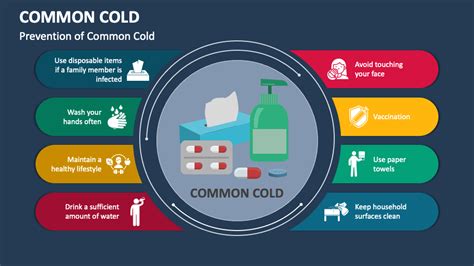Beyond sleep, what actionable recovery tactics boost muscle gains and energy for men?

For men dedicated to building muscle and boosting energy, the spotlight often falls on intense training and sufficient sleep. While both are undeniably critical, true optimization lies in a comprehensive recovery strategy that extends far beyond the bedroom. Neglecting these additional pillars can halt progress, increase injury risk, and leave you feeling drained despite your efforts. This article delves into actionable, science-backed recovery tactics designed specifically to amplify muscle growth and sustain high energy levels.
Fueling the Machine: Advanced Nutritional Strategies
Your body demands specific nutrients to repair and rebuild after strenuous workouts. Immediately post-exercise, a combination of fast-acting proteins (whey protein) and carbohydrates (dextrose, maltodextrin, or simple sugars from fruit) is crucial to kickstart muscle protein synthesis and replenish glycogen stores. Aim for a 3:1 or 4:1 carb-to-protein ratio, especially after intense resistance training.

Beyond the immediate post-workout window, consistent whole-food nutrition is paramount. Ensure a high intake of lean proteins, complex carbohydrates, and healthy fats throughout the day. Micronutrients, often overlooked, play vital roles in energy production and muscle function. Zinc, magnesium, and B vitamins, found in leafy greens, nuts, seeds, and red meat, are essential for countless physiological processes critical to recovery and performance.
The Power of Movement: Active Recovery and Mobility
Contrary to popular belief, complete rest isn’t always the fastest path to recovery. Active recovery, involving low-intensity activities, can enhance blood flow, reduce muscle soreness (DOMS), and promote nutrient delivery to damaged tissues without adding significant stress. Examples include light cycling, brisk walking, swimming, or dynamic stretching.
Mobility work, such as foam rolling, static stretching, and targeted dynamic drills, is equally important. These practices help break up adhesions, improve joint range of motion, and reduce muscular tightness, thereby preventing injuries and allowing for better exercise execution during subsequent training sessions. Incorporate 10-15 minutes of mobility work on rest days or after workouts.

Mastering the Mind: Stress Management and Mental Fortitude
Chronic stress, whether from work, relationships, or even overtraining, significantly impairs recovery. Elevated cortisol levels (the stress hormone) can lead to muscle breakdown, fat gain, and suppressed immune function. Prioritizing stress reduction techniques is not just about mental well-being; it’s a direct route to better physical recovery.

Integrate practices like meditation, deep breathing exercises, mindfulness, or engaging in relaxing hobbies. Setting boundaries, delegating tasks, and ensuring ‘downtime’ are equally important. Recognizing the signs of overtraining – persistent fatigue, irritability, decreased performance – is crucial for adjusting your regimen and preventing burnout.
Strategic Supplementation: Targeting Specific Needs
While no supplement can replace a solid diet and training plan, certain options can strategically enhance recovery and performance. Creatine monohydrate, for instance, is one of the most researched and effective supplements for increasing strength, power, and muscle mass by improving ATP regeneration. Essential Amino Acids (EAAs) or Branched-Chain Amino Acids (BCAAs) can support muscle protein synthesis, especially around training windows.

Other beneficial supplements might include Magnesium (for muscle function and sleep quality), Vitamin D (for hormone health and immunity), and Omega-3 fatty acids (for their anti-inflammatory properties). Always consult a healthcare professional before starting any new supplement regimen.
Harnessing Temperature: Cold and Heat Therapy
Temperature manipulation, though often debated, can play a role in recovery. Cold therapy, like ice baths or cold showers, is believed to reduce inflammation and muscle soreness, particularly after high-intensity exercise. Heat therapy, such as saunas or hot baths, can improve blood flow, relax muscles, and aid in mental relaxation.

While the exact physiological mechanisms and optimal protocols are still under research, incorporating contrast showers (alternating hot and cold) can be a practical way to potentially boost circulation and recovery. Listen to your body and find what works best for your individual recovery needs.
The Holistic Approach: Consistency and Listening to Your Body
Ultimately, optimal recovery isn’t about applying one magical tactic but rather a consistent, multi-pronged approach. Understand that recovery needs fluctuate based on training intensity, life stress, and individual differences. Implement deload weeks when necessary, prioritize nutrition daily, manage stress proactively, and incorporate active recovery regularly.
By consciously integrating these actionable recovery tactics beyond just sleep, men can unlock greater muscle gains, sustain higher energy levels, and achieve long-term success in their fitness journeys. Your commitment to recovery is as vital as your commitment to training.









